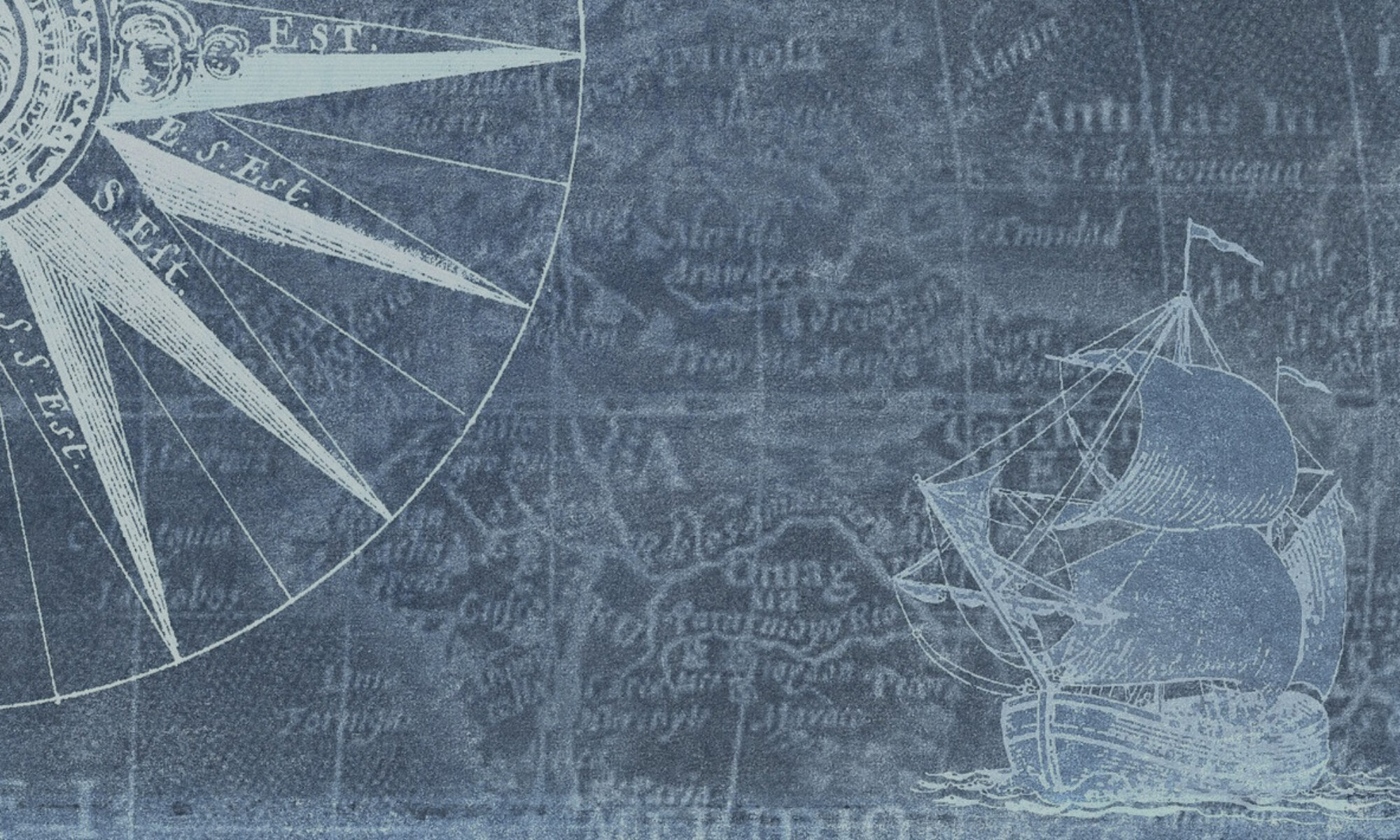LIFE AND NARRATIVE
The Life of Briton Hammon (c. 1720s-after 1776)
Briton Hammon was enslaved to John Winslow, a military general and governor of the English colony of Massachusetts. In 1747, he received his enslaver’s “permission” – more likely his order – to enlist on a cargo ship. The vessel left Boston in December for a journey to the Caribbean. Five months later, it shipwrecked off the coast of Florida. While they looked for help, the crew was attacked by an indigenous band that killed all except Hammon.
After another five weeks in indigenous captivity, Hammon escaped onto a Spanish ship. He was brought to Cuba, then a Spanish colony. Here, Hammon was likely enslaved to the Spanish governor. When he refused Spanish naval duty, he was imprisoned in Havanna for more than five years. All in all, he spent about a decade in Cuba.
Hammon escaped on an English warship and subsequently served in the British Royal Navy. Thirteen years after his disappearance, he reencountered General Winslow in England and returned with him to Massachusetts. His motive for doing this was likely poverty or fear of being reenslaved by force. After his return, he married an enslaved Black woman and had at least one child.
The Narrative of Briton Hammon
Shortly after his return, Hammon’s Narrative of the Uncommon Sufferings and Surprising Deliverance of Briton Hammon (1760) was published in Boston. A Black New Englander’s account of indigenous captivity was a novelty in American print culture. It surely sought to profit from public interest in the Indian captivity genre. As Britain was at war with Spain at the time, the text’s comparison of Spanish bondage and English freedom further resonated with English readers.
Hammon probably could not read and write. Therefore, he likely dictated his story to a white scribe. This writer may even have been his owner, who wanted to capitalize on his slave’s extraordinary story. These conditions did not permit the Black author to openly criticize his own enslavement or slavery in general.
However, his depiction of his indigenous and Spanish captivities allowed Hammon to question the legitimacy of robbing someone of their liberty. Moreover, he stressed that both his indigenous and Spanish captors treated him well. One can read this as a covert critique of his treatment as an enslaved man in Massachusetts. Finally, he used his experiences in Florida and Cuba to present himself as an Englishman and Protestant Christian.
Publicizing his narrative thus gave Hammon access to Boston’s Anglo-Protestant print culture. it also allowed him to claim an identity not fully determined by his race and social status.
SOURCES AND FURTHER READING
Primary Source
There are several editions of Hammon’s narrative. A scholarly edition is this one:
-
- Hammon, Briton. A Narrative of the Uncommon Sufferings and Surprising Deliverance of Briton Hammon. 1760. Unchained Voices: An Anthology of Black Authors in the English-Speaking World of the Eighteenth Century. Ed. Vincent Carretta. Lexington: UP of Kentucky, 2004. 20-25.
An online edition accessible for free is this one:
-
- Hammon, Briton. A Narrative of the Uncommon Sufferings, and Surprizing Deliverance of Briton Hammon, a Negro Man […]. 1760. Documenting the American South (DocSouth). Charlotte, NC: University of North Carolina, 2001. Hammon_Narrative
Selected Research Literature
-
- Andrews, William L. To Tell a Free Story: The First Century of African American Autobiography. Urbana: University of Illinois Press, 1986.
- Burnham, Michelle. Captivity and Sentiment: Cultural Exchange in American Literature, 1682-1862. Hanover, NH: University Press of New England, 1997.
- Desrochers, Robert, Jr. “‘Surprising Deliverance’? Slavery and Freedom, Language, and Identity in the Narrative of Briton Hammon, ‘A Negro Man’.” Genius in Bondage: Literature of the Early Black Atlantic. Ed. Vincent Carretta and Philip Gould. Lexington: University Press of Kentucky, 2001. 153-174.
- Gagnon, Jeffrey. “‘They Us’d Me Pretty Well:’ Briton Hammon and Cross-Cultural Alliances in the Maritime Borderlands of the Florida Coast.” Journeys of the Slave Narrative in the Early Americas. Ed. Nicole N. Aljoe and Ian Finseth. Charlottesville: University of Virginia Press, 2014. 74-100.
- Green, Keith Michael. Bound to Respect: Antebellum Narratives of Black Imprisonment, Servitude, and Bondage, 1816-1861. Tuscaloosa: University of Alabama Press, 2015.
- Sekora, John. “Briton Hammon, the Indian Captivity Narrative, and the African American Slave Narrative.” When Brer Rabbit Meets Coyote: African Native American Literature. Ed. Jonathan Brennan. Urbana: University of Illinois Press, 2003. 141-157.
- Vollaro, Daniel. “Sixty Indians and Twenty Canoes: Briton Hammon’s Unreliable Witness to History.” Native South 2 (2009): 133-147.
- Weyler, Karen A. Empowering Words. Outsiders and Authorship in Early America. Athens, GA: University of Georgia Press, 2013.
ONLINE RESOURCES AND LINKS
-
- Bradley, Jonathan. “Briton Hammon (?-?).” BlackPast.org, 23 Dec 2020. https://www.blackpast.org/african-american-history/hammon-briton/
